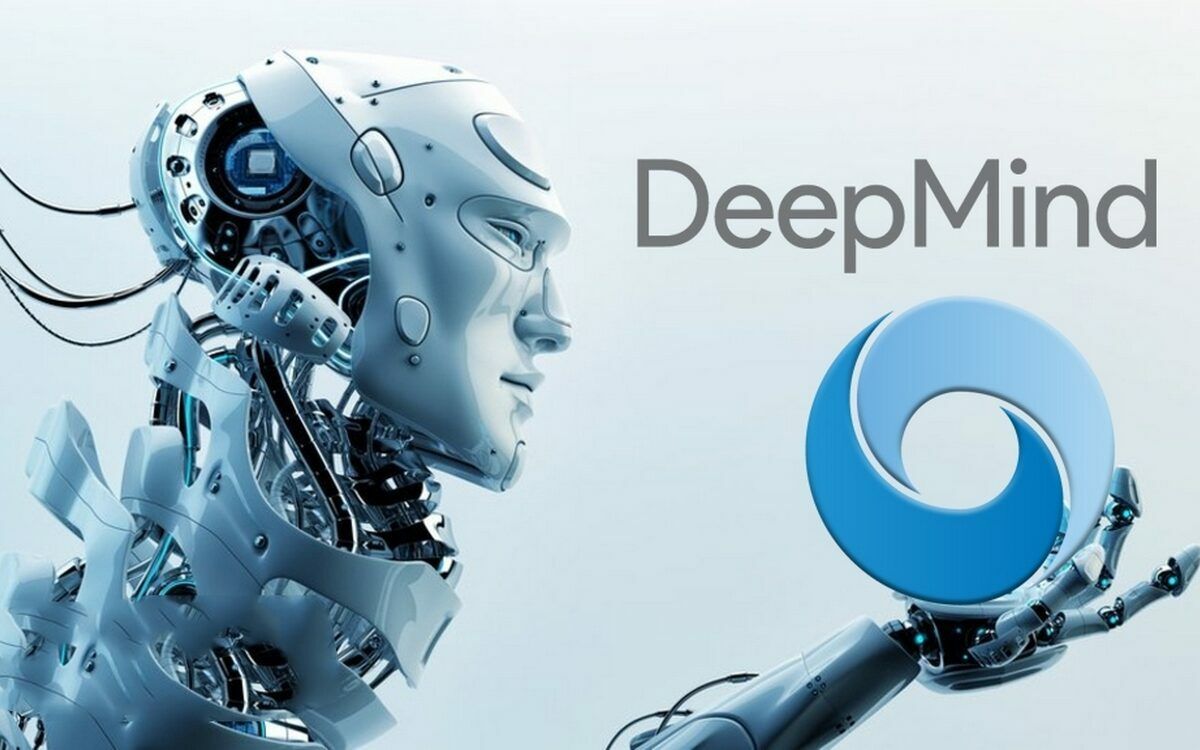
Google DeepMind Unveils Mixture-of-Recursions AI, Promising to Double Speed and Halve Costs
Jul 18, 2025 |
👀 43 views |
💬 0 comments
Google DeepMind, the powerhouse AI lab behind some of the industry's most significant breakthroughs, appears to have done it again. In a research paper that is already causing a major stir among AI developers, the company has unveiled a new AI model architecture called Mixture-of-Recursions (MoR), a novel approach that promises to dramatically accelerate AI performance while slashing its notoriously high costs.
The new model boasts two transformative claims: doubling the speed of inference (the process of an AI generating a response) and cutting memory usage by 50%. If these metrics hold up in real-world applications, MoR could represent one of the most significant architectural leaps forward in recent years, directly addressing the two biggest bottlenecks holding back the deployment of more powerful and widespread AI: speed and cost.
For months, the dominant trend in AI development has been the "bigger is better" philosophy of Mixture-of-Experts (MoE) models. This technique involves creating massive models with many "expert" sub-models, only a few of which are activated to handle any given task. While powerful, MoE models are incredibly large and require vast amounts of expensive memory (RAM) to operate.
Mixture-of-Recursions cleverly turns this concept on its head. Instead of having many experts sitting idle in memory, the MoR model has a smaller number of experts that it calls upon recursively, or multiple times in a row, to refine an answer.
Think of it like this: An MoE model is like having a huge panel of 100 specialists in a room, but you only ask two of them for an answer. An MoR model is like having a smaller, elite team of five specialists that you consult repeatedly, layering their insights to build a more sophisticated and accurate conclusion.
The benefits of this recursive approach are profound:
Drastically Reduced Memory: By reusing a smaller set of experts instead of storing a vast number, the model requires significantly less of the expensive, high-bandwidth memory that is a major cost driver in AI data centers. A 50% reduction in memory use is a game-changer for economic viability.
Massively Increased Speed: Because the model is smaller and more efficient, it can process information and generate responses much faster. Doubling inference speed means users get answers more quickly, and a single GPU can handle more requests, further improving efficiency.
This breakthrough could have immediate implications across the tech landscape. It could make powerful AI models cheaper to run, enabling startups and smaller companies to compete with tech giants. For Google, it could mean running its own services, like Gemini and Search, at a fraction of the current cost, or deploying much more powerful models at the same cost.
While the research is still new, the "Mixture-of-Recursions" model is a testament to the fact that progress in AI isn't just about building bigger models—it's about building smarter ones. With MoR, Google DeepMind may have just handed the industry a new blueprint for a faster, cheaper, and more efficient AI future.
🧠 Related Posts
💬 Leave a Comment
